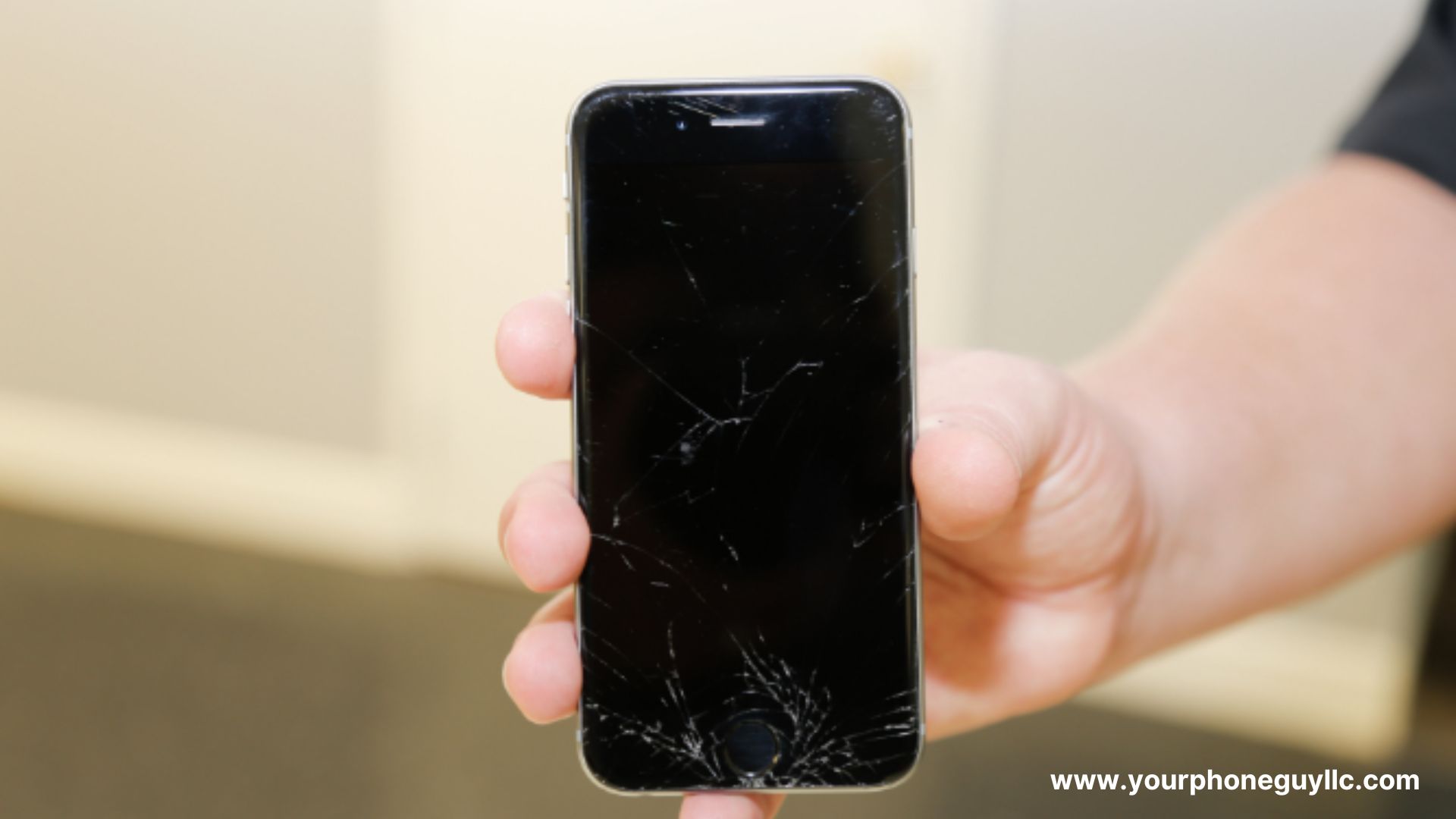What Causes LCD Screen Damage on Phones?
Various factors can cause LCD screen damages on phones, often related to physical impacts or internal malfunctions. Accidental drops, impacts, or pressure on the phone can lead to cracks, fractures, or outright breakage of the LCD screen. Exposure to moisture, extreme temperatures, or pressure changes may also contribute to LCD damage. Internal issues, such as malfunctioning hardware components or electrical failures, can result in display problems. In some cases, manufacturing defects or poor-quality materials may play a role in LCD screen damage.
5 Most Common Causes of LCD Screen Damage on Phones
Physical Damage:
Accidental drops, impacts, or pressure on the phone are primary contributors to physical damage on LCD screens. Even a minor fall or pressure can result in cracks, fractures, or complete breakage of the delicate display.
Water Damage:
Water damage is among the most common types of phone damages. Exposure to moisture is a significant threat to LCD screens. Water ingress can lead to short circuits, corrosion, and irreversible damage. Whether it's a spilt drink, immersion, or high humidity, moisture poses a considerable risk.
Overheating:
Phones that experience prolonged exposure to high temperatures, whether due to environmental conditions or intensive usage, can suffer from overheating. This can lead to damage to internal components, including the LCD screen.
Manufacturing Defects:
Despite stringent quality controls, manufacturing defects can occur. Faulty components, poor assembly, or design flaws may contribute to premature LCD screen damage. Users might notice issues soon after purchase or over time as these defects manifest.
Poor Maintenance:
Neglecting regular maintenance, such as keeping the phone clean, using protective cases, or updating software, can contribute to LCD screen problems. Dust, dirt, or grime accumulation over time may affect the screen's performance.
How To Prevent Screen Damage?
Protecting your phone's LCD screen from damage is crucial to ensure optimal performance and visual quality. Here are some expert tips to prevent LCD Screen Damage on Phones:
1. Phone Case:
Invest in a high-quality phone case that provides adequate protection for your device. A durable case can absorb shocks and impacts, minimizing the risk of LCD screen damage in case of accidental drops or bumps.
2. Screen Protector:
Apply a screen protector to add an extra layer of defense to your phone's LCD screen. Screen protectors act as a shield against scratches, cracks, and minor impacts, preserving the integrity of the display.
3. Avoid Extreme Temperatures:
Extreme temperatures, both hot and cold, can adversely affect LCD screens. Avoid exposing your phone to direct sunlight or leaving it in extremely cold environments, as temperature extremes can lead to screen malfunctions.
4. Regular Maintenance:
Perform regular maintenance on your phone, including cleaning the screen with a soft, lint-free cloth. Removing dust, dirt, and smudges can prevent potential abrasions and maintain optimal visibility.
5. Avoid Exposure to Water:
LCD screens are sensitive to water damage. Keep your phone away from water sources, and if accidental exposure occurs, dry the device thoroughly. Waterproof phone cases can provide an additional layer of protection.
Can LCD Screen Be Repaired?
Yes, LCD screens can often be repaired, depending on the extent of the damage. If the damage is limited to the screen itself and not the underlying electronics, professionals can replace the damaged parts or repair the screen, restoring functionality.
How Do You Fix a Broken LCD Screen on a Phone?
Fixing a broken LCD screen on a phone typically involves replacing the damaged screen with a new one. Skilled technicians can disassemble the phone, remove the broken screen, and carefully install a new LCD screen, ensuring proper functionality.
Is It Safe to Use a Phone with a Broken LCD?
Using a phone with a broken LCD is not recommended. Apart from the compromised user experience, a broken LCD can expose the internal components to external elements, potentially causing further damage. Additionally, continued use may worsen the existing issues, making repairs more challenging and costly in the long run.
Conclusion
By implementing these preventive measures, you can significantly reduce the risk of LCD screen damage on your phone, ensuring a longer lifespan and optimal performance for your device. In case of replacement, seek professional assistance. At Your Phone Guy LLC, we have a team of expert technicians who can do phone repair and replace your phone issues efficiently.


